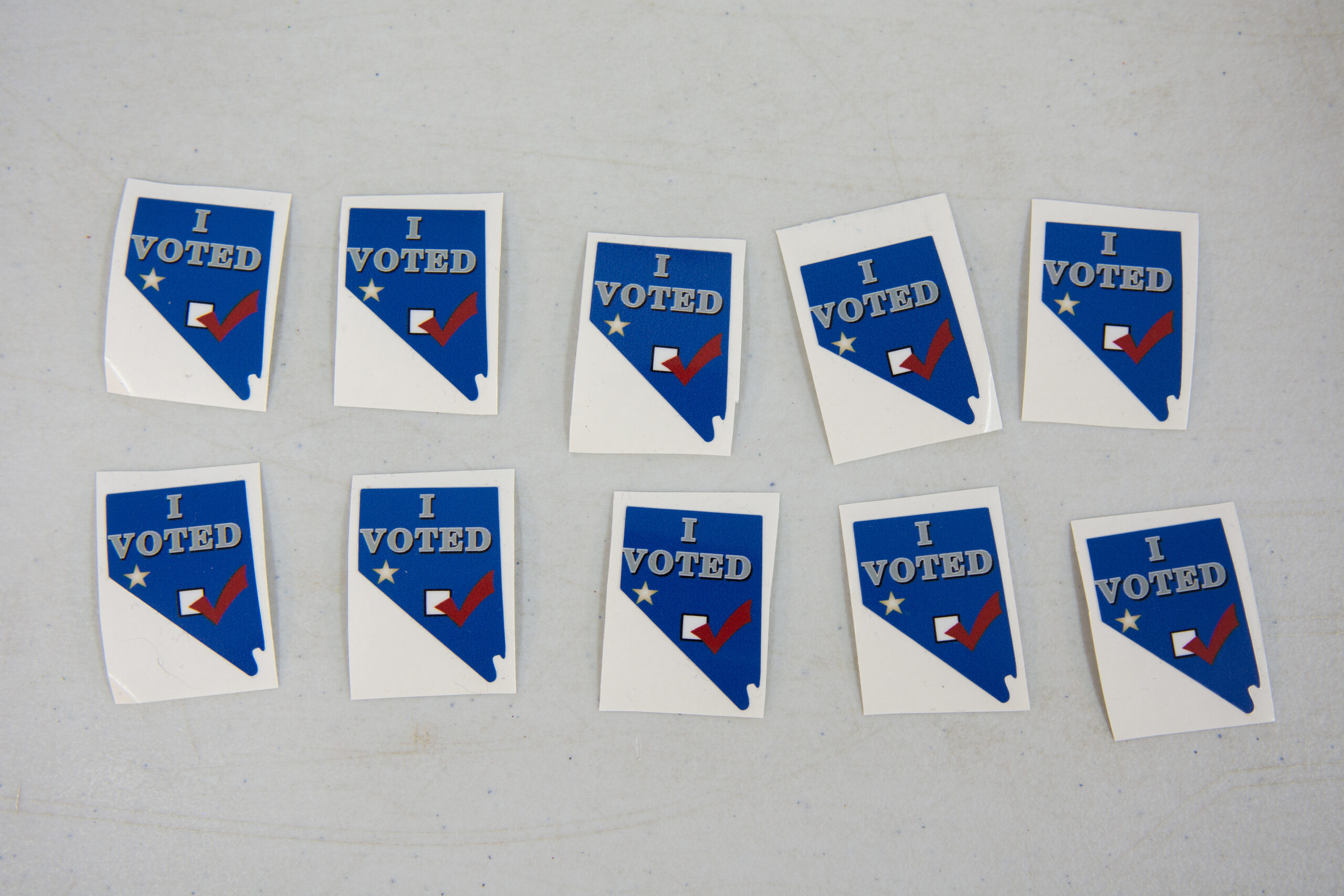Political attack ads aren’t worse than ever — they’re just harder to ignore

The projected $9.7 billion on political spending for the 2022 election cycle means there will be a lot of political ads running here in the swingy state of Nevada — many of which will take the “low road” in attacking candidates and causes.
Negative campaigning is, of course, no surprise. However, it does seem as if ignoring or avoiding a deluge of political attack ads has become more difficult lately — and not merely because campaigns and political action committees are spending so much more money than ever before.
In “the old days,” it wasn’t terribly difficult for a potential voter to limit their exposure to such electoral politics. In the long-forgotten era before smartphones, when television reigned supreme as the household’s primary provider of entertainment and news, the invention of the mute button was an indispensable tool for the average voter during election season — allowing those who found their hockey games interrupted by political whinging a simple way to tune things out.
Obviously, the world has evolved quite a bit since the advent of the mute button and basic cable — and the way politicians spend their money to advertise their candidacy has changed as well.
Gone (or at least waning) are the days of only plastering ads on local television channels with the hope of discrediting one’s political opponent. Today’s political ads don’t merely play on endless loops during brief commercial breaks, they seem to appear everywhere. Even for those voters who have “cut the cord” and done away with traditional TV, the ads have followed them to the new and once-wonderous world of online streaming.
The advancement of digital marketing and customizable online advertising has brought forth a new era of political adverts — one in which the ads a campaign wants you to see will follow you to whatever device or whatever entertainment platform you happen to be using.
The treasure-trove of information digital service providers, streaming services and search engines have accumulated on individual consumers is simply mind boggling — and the marketing world has long since learned just how valuable it is. Such data allows would-be advertisers and businesses to directly target key audiences in a profoundly bespoke way that had previously been impossible with traditional media.
It was, of course, only a matter of time until political strategists and consultants began doing the same.
Today, an increasing amount of political dollars are spent to target specific voters by age, consumer habits, income, and educational level. Ads are designed with precision to reach specific audiences, and digital marketing techniques are used to ensure members of those audiences see certain ads on their social media feed, when streaming certain online content, or while browsing specific websites. Virtually every time someone pulls out their cell phone, there’s some way for a savvy political campaign to target them with an ad.
In other words, escaping the absurdity of election season didn’t used to be too difficult — it merely required reading a few less newspapers, muting a few more commercial breaks or generally finding better things to do with one’s time than dive deep into current political affairs. Today, however, political campaigns have found new and more effective ways to get in front of your eyes.
Which wouldn’t necessarily be too bad if so many campaign messages weren’t merely melodramatic brickbat aimed at “the other side.”
“Negative advertising,” as it turns out, is just as much a staple of politicking in our digital era as it ever was — and armed with new ways to get such messaging in front of voters, we should expect to see a lot more of it in the month ahead.
After all, despite the public’s general dislike of attack ads, they have long been a profoundly effective weapon in the average campaign’s arsenal. As far back as the election of 1800, for example, candidates (and political parties) were accusing each other of grievous social and cultural sins. Indeed, the negative campaigning in that specific election became so personal and created such intense political rivalries, Aaron Burr ended up killing Alexander Hamilton in a duel just four years later.
Sometimes, it feels as if we aren’t that far away from the days of dueling politicians taking literal shots at one another. Thankfully, however, today’s “battles of honor” are largely played out on social media platforms with “hot takes” rather than open fields and black-powder pistols.
Nonetheless, the underlying incentives for candidates and campaigns to stoop to such lows remains the same as they have always been. Partisan battles, as it turns out, have a long history of dragging its combatants through the mud and the gutter as a routine part of running for election.
The only real difference in 2022, is that we the voters are having a more difficult time hitting the mute button when those rivalries become unbearable.
Michael Schaus is a communications and branding expert based in Las Vegas, Nevada, and founder of Schaus Creative LLC — an agency dedicated to helping organizations, businesses and activists tell their story and motivate change. He has more than a decade of experience in public affairs commentary, having worked as a news director, columnist, political humorist, and most recently as the director of communications for a public policy think tank. Follow him at SchausCreative.com or on Twitter at @schausmichael.
